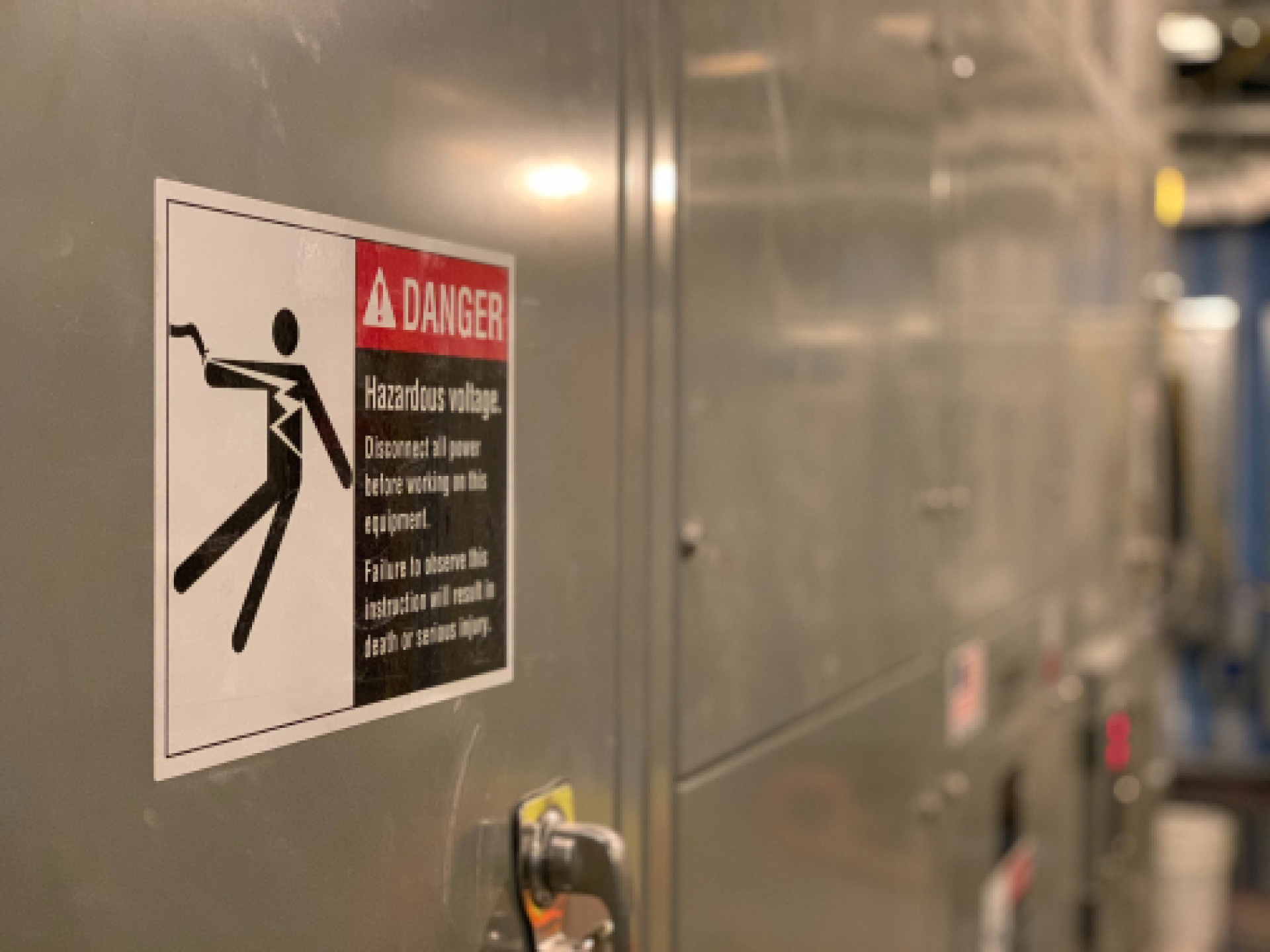Optimize Your Building’s Safety and Avoid OSHA Fines With This Checklist
July 11, 2022
Every year, OSHA issues more than 40,000 citations! It’s no surprise that building safety is an incredibly important aspect of both infrastructure management and routine maintenance. Regularly taking precautions and ensuring that your employees are protected against potential electrical hazards is paramount to workplace safety.


Inspections should be done at least every six months at best; annually at the very least. Here are a few essential items to check for during a routine building inspection (this list isn’t all-inclusive, but is a good representation of the kinds of electrical issues you should be keeping an eye out for).
- Inspect all breaker panels and other electrical infrastructures for damage, intrusion or deterioration of any kind; look for parts that are broken, bent, cut, or deteriorated by corrosion, chemical action, or overheating.
- Clean, torque, and infrared scan the circuit breakers and panels and other electrical components to avoid overheating or damage.
- Make sure the circuits and panels are clean, dry, and unobstructed.
- Ensure that the electrical infrastructure is labeled properly, especially individual fuse panels and circuits. Check that you have arc flash labeling on the front of the panel, as well as a single line diagram readily available.
- Check that all cords are in good condition. Look for exposed wiring and cords with frayed or deteriorated insulation. Make sure no flexible cords or cables are being used as substitutes for fixed wiring.
- Ensure that all disconnecting switches and circuit breakers are properly labeled to indicate their use.
- Make sure all electrical raceways and enclosures are securely fastened in place.
- Check that all energized parts of electrical circuits, junction boxes, and equipment are guarded against accidental contact or exposure (by cabinets or other enclosures with proper identification).
- Make sure there is sufficient space around electrical equipment for repairs and emergency access.
- Make sure cable assemblies and flexible cords and cables are supported above-ground or protected from physical damage by staples, cables ties, or straps.
- Ensure that Arc Flash Boundaries are set for all service connections of 50V or more. Also check that the boundaries are posted on panels and disconnects.
- Make sure that, if applicable, all lockout/tagout devices for de-energization are in good working condition.
- Check that all applicable warning signs are present and easily legible (high voltage warnings, etc).
- Check for potential deteriorating agents in and around all electrical equipment: gases, fumes, vapors, liquids, or evidence of exposure to excessive temperatures.
- Inspect the internal parts of electrical equipment for foreign materials that could cause damage: leftover paint, plaster, cleaners, abrasives, or corrosive residues.
The regulations they lay out can be complex and overwhelming, but overall, keeping an eye out for these major issues and simply staying up-to-date with your building’s infrastructure can make a difference. Here are a few things to do in between inspections and regular maintenance checkups:
- Regularly walk through your operations facilities. Keep an eye out for potential upcoming safety and electrical issues and have employees report any possible problems they see.
- Keep more documentation than you think you need. Make sure you have everything on paper. If maintenance work of any kind must be done, outline and document everything using CriticalAsset.
- Train employees and staff in electrical safety and, if applicable, make sure they have their NFPA 70e certification. Highly trained workers understand the importance of electrical safety and are generally more likely to follow all protocols.
- Offering additional training to your workers also shows OSHA and other agencies that your organization has done everything reasonable to promote safety in the workplace.

CriticalAsset eliminates the hassles of facilities asset management, allowing you to effortlessly manage and track all your infrastructure assets and devices in one place, saving you time and money. Sign up for a free trial.



